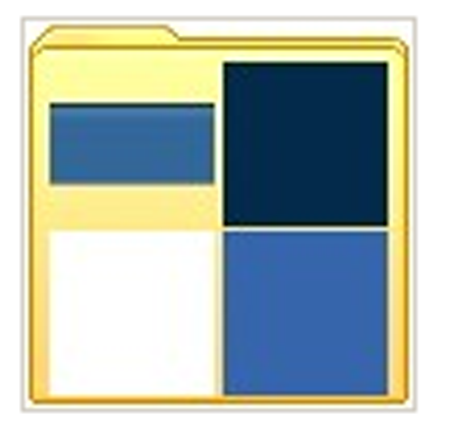
found on my hard drive--tiny GIFs* from a NetZero-emailed PayPal receipt had their dimensions enlarged and normalized by the Windows XP thumbnailizer
*clockwise: 59 x 29 pixels, 1 x 1 pixels, 2 x 2 pixels, 1 x 1 pixels

found on my hard drive--tiny GIFs* from a NetZero-emailed PayPal receipt had their dimensions enlarged and normalized by the Windows XP thumbnailizer
*clockwise: 59 x 29 pixels, 1 x 1 pixels, 2 x 2 pixels, 1 x 1 pixels
Compare the Flux Capacitor Jumpers photos from the noisesource blog to Damon Zucconi's Continous Line Drawings. Aside from the obvious similarities of angular zigs and zags of green light against a black background, what do the pieces say about period assumptions, analog vs digital, science vs art, "visual music," photos vs Flash, bitmaps vs vectors. (Whoops, there's your essay.) Does the Pink Floyd laser show enhance the connections among works?
"Acid Exercise 2" [mp3 removed]
This is all hardware, live except for mixing two mono channels down to stereo after the recording.
Nerdy backstory: the "synth" is an analog filterbank called the Mutator. It's using the output of one Electribe groovebox, a rhythm-only box, as an "external input" that modulates the bass notes from another box, in real time. The same rhythm is simultaneously playing as pure audio. The external input imprints a rhythmic pattern onto the bubbly bass filtering that is more complex and varied than if it was just the filtering alone (an "auto-wah" envelope filter). The grooveboxes are not synced--three rhythm patterns and three melodic patterns are manually toggled on and off in a staggered, combinatory fashion. It's kind of fun to listen to for all this structural rigor.